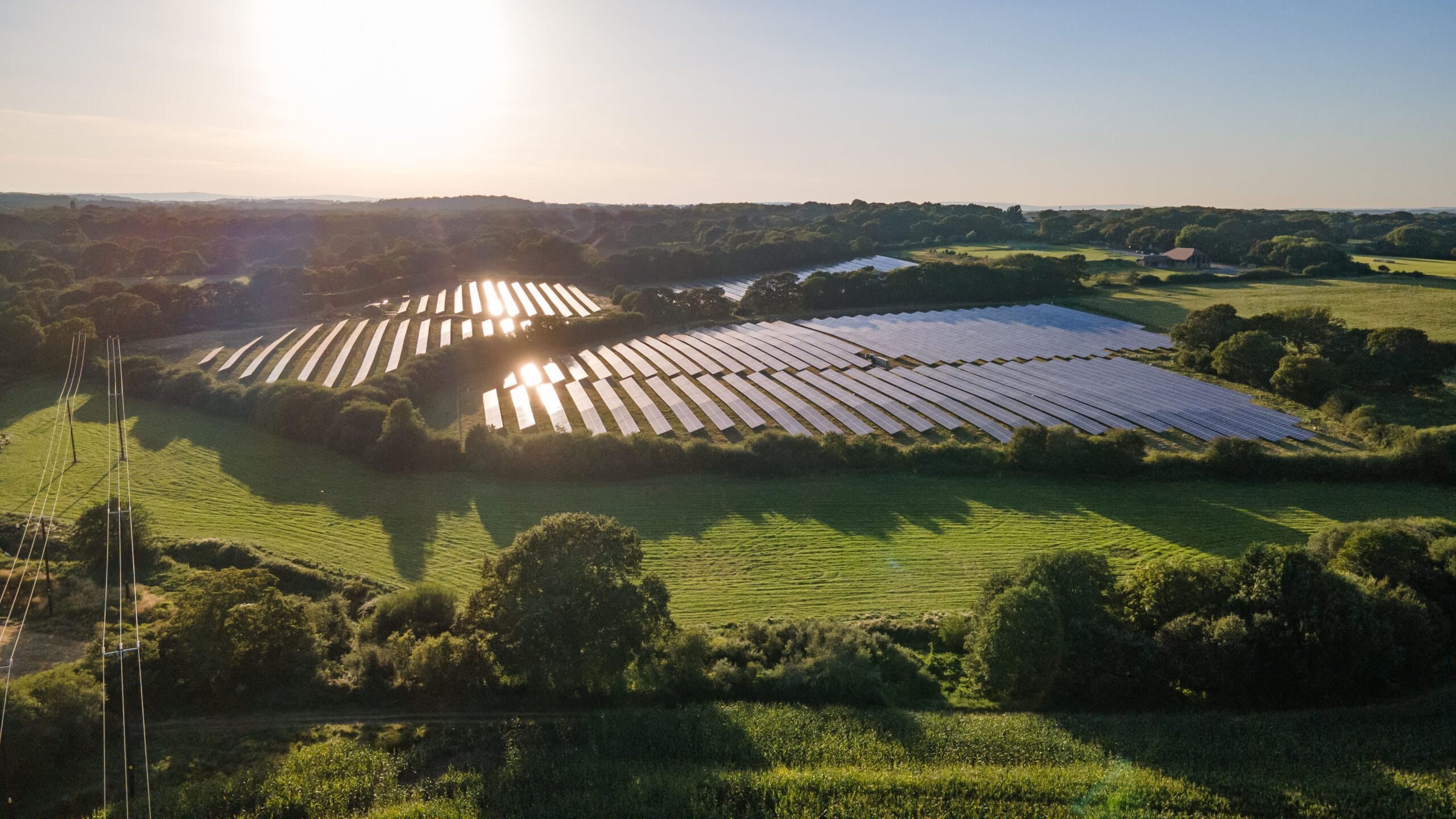Rethinking Britain’s Victorian sewer infrastructure
Director Richard Bettridge reflects on the recent parliamentary debate culminating in a partial government U-turn over an amendment to the environment bill. The proposed change places a heavier duty on water companies to demonstrate a reduction in sewerage overspills over a five-year period.
There are practical considerations to this complex issue and we need to look beyond the headlines. An incongruity exists which requires sewerage undertakers – water companies – to collect and treat public wastewater flows, even though they do not create them. Furthermore, there is an exponential difference between foul sewer flows and surface-water runoff, though historically the systems that cope with them have been combined. In addition, foul sewers often suffer from illegal surface-water connections and infiltration of groundwater.
To put this disparity into context, for foul flows, a 150mm diameter pipe laid at a 1 in 150 gradient, could serve approximately 275 homes. OFWAT’s Code for Adoption Agreements currently require surface-water sewer designs to adhere to the one-in-one, one-in-two or one-in-five year rainfall event. This is dependent on the average ground slope and if the consequences of flooding are considered severe. Within this framework, there should be no surcharging of the system for the above events, and no flooding should occur in a one-in-thirty year event.
Protection of property
Thus, rainfall in excess of modest events will exit the combined sewer system and flood property. This is why old combined systems have needed a ‘safety valve’ to prevent property flooding. The theory was that the combined sewer overflows (CSOs) were designed to flood areas where little damage could result.
The increase in rainfall severity through climate change, coupled with better understanding of the damage caused to our water environment and wildlife, has exposed the original theory as being highly complacent. We are right to demand significant improvements to the combined sewer systems to prevent further damage, but these will need thorough assessment to explore the design potential. Much of the combined sewer system is old and serves mature, built-up areas. Combined systems have not been designed for developments since the 1960s and future systems are going to be expensive.

However, there is no room for complacency. Climate change leading to more severe rainfall makes it imperative that these arrangements are updated and can demonstrate resilience to extreme weather events. Water companies will soon be obliged to reduce sewerage discharge into watercourses, but any flooding of property must also be avoided. By implication though, properties may be flooded inadvertently if rivers are to be protected.
Win-win solution
Larger underground sewers may hold the answer to this conundrum. The Thames Tunnel would provide some idea of the scale and scope of a sewered option. Yet the complete containment of combined sewage flows underground through oversized sewers, would be prohibitively expensive. One solution could be tanks which would store CSOs and pump them back into the sewerage system when normal capacity returned.
A programme of dealing with CSOs would present a win-win solution, enabling rivers to remain cleaner and treatment plants to be more effective. Either way, a considerable investment would be necessary. Motion is currently working with industry partners to research ways of dealing with foul sewer flooding and CSOs, so that they have less impact on the environment.
The current Victorian system must change. In this debate, civil engineers must be listened to; these are the professionals who will design and build us out of this complex problem. In doing so, we must aim for the stars and render the seemingly impossible possible.
Richard Bettridge is a highly accomplished figure in the property development sector and has worked in civil engineering for more than 40 years. With experience in flood risk and strategic drainage planning, he has project managed numerous major highways and drainage infrastructure schemes and has acted as expert witness in several high-profile flooding, drainage and engineering disputes.
Motion’s infrastructure design team provides pragmatic advice to help a wide range of clients manage the complex interrelation of property development, drainage and flood risk. Call 01483 531300 to speak to an expert.
An abridged version of this article first appeared in the Winter 2021-22 edition of Insight.



